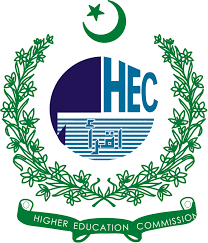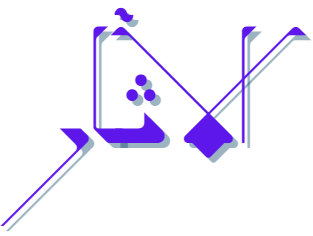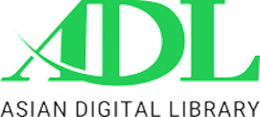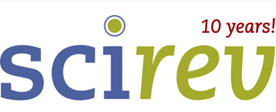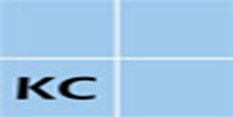ASSESSING THE ROLE OF DIGITAL LITERACY AND SOCIOECONOMIC FACTORS IN TECHNOLOGY ACCEPTANCE AMONG POSTGRADUATE STUDENTS IN BLENDED CLASSROOMS AT MEHRAN UNIVERSITY
Abstract
This research surveys how digital literacy and socioeconomic conditions impact Technology Acceptance of 75 postgraduate students in Mehran University, Pakistan based on the Technology Acceptance Model (TAM). Dwelling upon blended learning, the study investigates Perceived Usefulness (PU), Perceived Ease of Use (PEOU), and Behavioral Intention (BI) in the framework of the quantitative, cross-sectional survey. Non-parametric statistics (Spearman correlation, Mann-Whitney U, Kruskal-Wallis, Shapiro-Wilk) were utilized in the analysis of data that were gathered through a validated questionnaire (CronbachAlpha 0.80 and above). The results show that there are no significant associations between digital literacy and TAM constructs (e.g., DL vs. PU: rho=0.028, p=0.810) or among PU, PEOU, and BI, which question the predictive validity of TAM in the given context. There is a large gender difference in PU (U=479, p=0.033) indicating that the females see higher academic advantages. Socioeconomic variables (e.g., internet access, family education) did not make a significant impact perhaps because of institutional access to resources. To a linguistics audience, the findings point at the linguistic difficulty in using English-language online platforms, a factor that could lead to non-significant results. The research highlights the digital divide in Pakistan (37.3% 2G, 22.7% no internet) and demands specific measures of digital literacy training and enhancing the infrastructure. Qualitative understanding and language prescriptions should be subjects of future studies that can help improve the adoption of blended learning.
